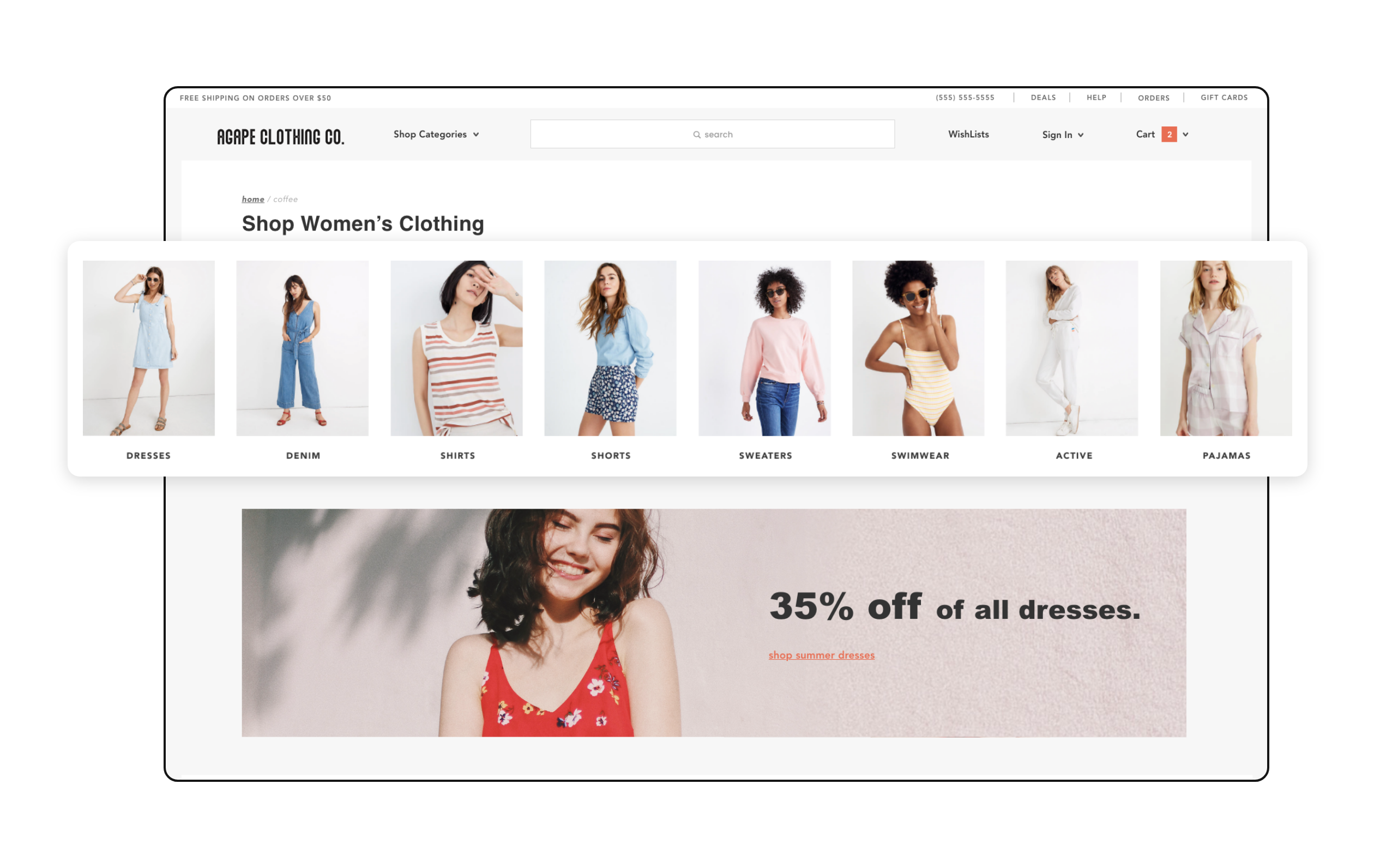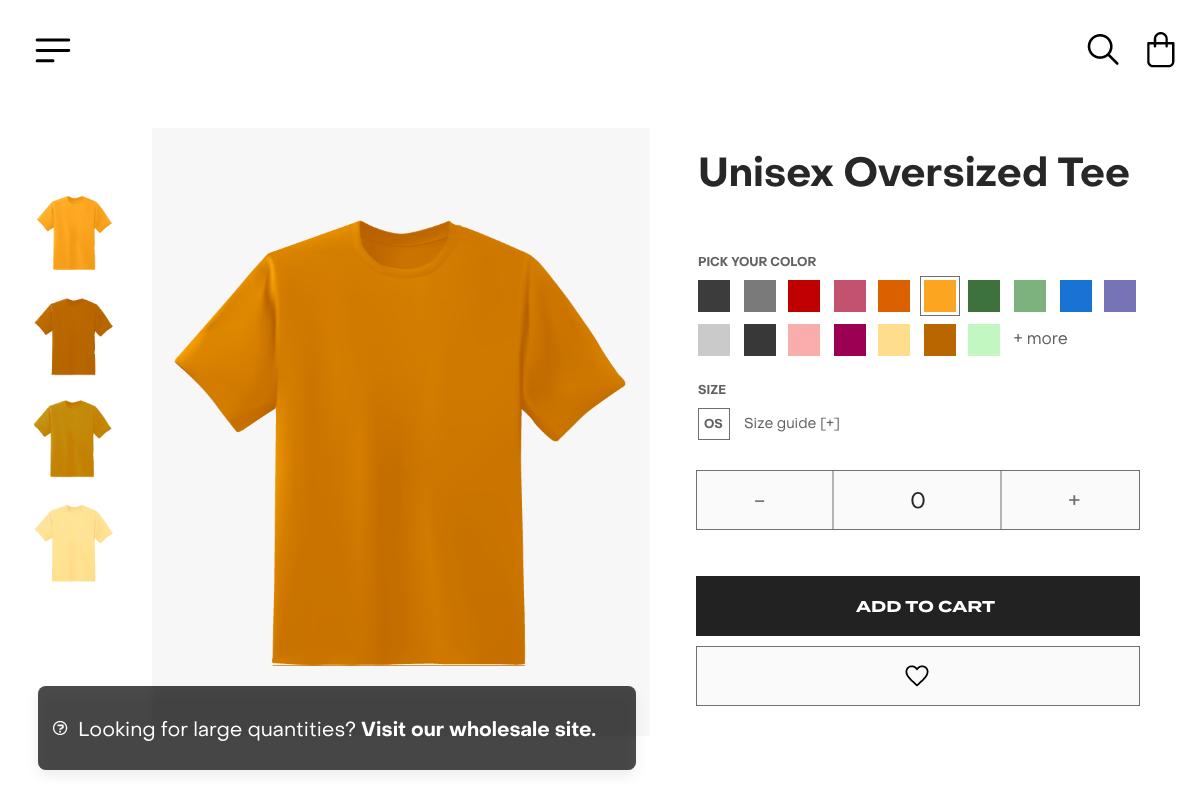By Miva | December 28, 2022

See why top ecommerce brands use Miva’s no-code platform to run
multiple stores, manage massive catalogs, and grow their revenue.
B2B and B2C websites have always occupied their own individual spaces from an ecommerce and marketing standpoint. This makes sense for the most part - B2B and B2C ecommerce have intrinsically different business models, and usually very different products or services.
However, there are plenty of businesses which occupy both the B2B and B2C space. While they sell to both consumers and organizations, these businesses tend to separate their online presence and create two different systems and two different customer experiences online.
In today’s highly competitive online landscape, beating the competition takes more than having a better product. You must have a great customer experience and a financially sustainable process. Companies are constantly looking for new efficiencies that save both time and money, and more and more companies are merging their B2B and B2C ecommerce sites into one in order to accomplish this goal of increasing efficiency and spurring growth and innovation.
In this article, we discuss B2B and B2C ecommerce businesses, how to merge these business models, and how to create a robust, feature-rich front-end personalized experience for each shopper with a seamless back-end experience to match. 
Wondering what is B2B and B2C in ecommerce? A B2B business model refers to online commerce between two businesses, where one company sells products to another business. On the other hand, a B2C business model is when a company sells directly to individual consumers.
Due to the nature of what’s being sold and to whom, the buying process for each type of consumer is distinct. But does that mean that B2B and B2C ecommerce must be separated, even within the same business? Not at all. To understand how these categories intersect, let’s first dive deeper into what drives each business model.
When comparing B2B vs B2C ecommerce, it’s important to remember that they both ultimately have the same goal. B2B and B2C ecommerce sites are indeed both executing the same general function—selling goods and services to their customers—however, they typically have different functionality and different styles. The two audiences have different needs, and different approaches when it comes to purchasing online. The customer journey is typically a richer experience for the consumer and a more tactical experience for the business customer, requiring unique functionality for each website.
B2B businesses have more inherent complexity due to the general nature of wholesale selling, which often features highly specialized product offerings and component parts. B2B businesses need to manage high-volume orders, very elaborate inventory catalogs, and payment terms, which might be negotiated on a client-by-client basis. These factors require more robust fulfillment systems, complex buying pathways, and more team members to manage operations. As B2C businesses sell directly to retail customers, they might have anywhere from a few SKUs to thousands and anywhere from one worker to over a million. That means that B2C ecommerce systems need to be flexible enough to support a broad range of businesses and business models.

Modern B2B and B2C ecommerce recognizes that all buyers are driven by common goals like convenience and value, but compared to B2B, the B2C buying process is less formalized.
It could involve one decision maker making a purchase for themselves or making a decision for another—for example, a parent buying a gift for their child. While the buying process does include consideration and decision-making, the B2C buying cycle is much more open to change and flexibility.
The typical B2C ecommerce site uses responsive design. This allows businesses to reach and convert consumers the exact moment they’re ready to purchase, no matter where they are or what device they are using. Intuitive category navigation and search functionality are necessary to ensure consumers can easily find what they’re looking for so they don’t get frustrated and jump to a competitor’s website. Capturing the moment is key.
Consumer websites also require rich content on the product pages to further entice a purchase. Videos and images, ratings and reviews, and FAQ sections can all help ensure that customers not only find what they are looking for but also follow through with their purchase. When it comes time to make that purchase, a quick and easy checkout process and a customer account system that securely stores data for returning customers are paramount. With B2C, it’s all about the consumer experience.
The B2B ecommerce experience is a bit different. Since B2B involves transactions between two businesses, the B2B buying process is longer and more structured than B2C and includes multiple decision-makers and stakeholders. These individuals are guided by research, logic, budget, and overarching business objectives. These emotional drivers are defining differences between B2C vs B2B ecommerce, and learning how to address them with an online shopping experience is at the heart of being a successful wholesale seller.
Business customers don’t necessarily need to be “wowed” by the shopping experience. In many cases, business customers know exactly what they want. A simple, logical, convenient, and painless experience is key. B2B websites must also take into account variables that consumer sites don’t: MSRP and MAP codes, purchase orders, various shipping and freight options and payment options.
Business customers aren’t just “shopping”—they’re procuring supplies for their business. Some have long-standing relationships and require a simplified re-order process as well as special pricing. Many B2B companies offer special pricing depending on the particular customer and other factors. Pricing tiers are often broken down by customer groups (wholesale, dealer, etc.) and volume (X units at Y price, etc.). This pricing logic is perhaps the main reason why companies separate their B2B and B2C websites.
The marketing required for B2B and B2C ecommerce is also different.
B2B buyers want to be educated so they can make great decisions for their organizations. To appeal to them, you’ll want to focus your marketing on building confidence and addressing things that B2B buyers care about: cost savings, order quantities, and expertise. Relationship building is also crucial for B2B marketing. Engage these buyers by showing them the value of your business, your service offerings, and the key figures, contributors, and leaders in your larger team.
Unlike B2B customers, B2C buyers don’t always know right away they have a need for a specific product or service. Thus, your marketing has to create a need, give customers an understanding of what they’re buying into, and simplify the buying process for them. Instead of prioritizing a partnership, B2C engagement is about delivering a clear message that emotionally connects to the customer. The goal is to create a positive and delightful experience. One way to do this is by leveraging entertaining and emotional content to hold their attention and encourage a purchase.
Of course, there are some B2B and B2C marketing similarities. Both models benefit from personalized processes, a strong digital marketing strategy (including an informative and well-designed website), and a high level of communication with buyers. By paying careful attention to the differences and similarities when comparing B2C vs B2B ecommerce, you can create a marketing strategy that will attract and serve both audiences.

Many of the same design principles that govern good B2C design also apply to B2B websites. In fact, many aesthetic and UI best practices are equally important for both B2B and B2C ecommerce website design.
When designing a B2B website, online sellers should focus on form that supports function. Images should be relevant and visually appealing without slowing down page load speeds. Navigation elements should be laid out in a way that’s familiar to shoppers and helps them move through the site with ease. Colors, graphics, and fonts should all be consistent with a website’s brand and should support the content on each page, not overwhelm it.
However, there are a few differences between B2C and B2B website design that reflect the different needs of consumers and buyers. B2C websites, because they are built for consumers, may feature lifestyle imagery and high-impact visuals, whereas a B2B website, which serves those buying for business purposes, may focus more on visuals that reflect product specifications and examples of use.

The differences between B2B and B2C sales obviously extend to websites. Generally speaking, the customer journey is typically richer for the consumer and more practical for the business customer. As a result, many businesses separate their online presence into two different customer groups with discrete B2B and B2C ecommerce sites in order to appeal to both types of customers.
Advantages of B2B over B2C
Advantages of B2C over B2B
Increasingly, sellers are looking for ways to combine the best of both worlds and sell to combined audiences. These hybrid selling models can vary wildly from one business to the next, driving home the point that modern B2B and B2C ecommerce websites need to be flexible enough to adapt to a business’ uniquely crafted audience.
There are benefits to separating your online presence, but this approach is not without drawbacks. Maintaining two websites for a single business means increasing costs. It means managing two sites, two transaction processes, and two web servers. It means integrating two sites with back-office software. It means paying for two separate software licensing fees. Most importantly, building and managing two separate websites is just simply inefficient.
There is value in building a single online ecommerce experience that serves the needs of both consumers and business customers. A capable and full-blown ecommerce platform has robust functionality which allows you to build that perfect B2B and B2C ecommerce website. However, knowing the motivators, preferences, and nuances of both buyers and consumers will help deliver an authentic, customer-centric experience no matter the way you’re selling to them. This larger goal should always be priority one, and understanding the difference between B2B and B2C ecommerce preferences is simply the best way to achieve it.
Some companies operate on a B2B2C model, where they either work with other businesses to sell products to the end-user or sell through their own B2B and B2C channels. This is slightly different from standard, separated ecommerce B2B vs B2C models in that the combined channels enable both manufacturers and partners alike to obtain powerful B2B and B2C sales and marketing insights on the end-customer, while the end-users have a B2C shopping experience.
While there are clear advantages to a B2B2C model, the right preparation is key. You’ll want to understand who your customers are (whether it’s dealers, distributors, integrators, or end customers), be equipped to provide personalized and dynamic experiences, optimize fulfillment processes and integrations, and maximize offerings, visibility, and online capabilities. B2B2C manufacturers must draw upon both B2B and B2C ecommerce needs, leaning into and embracing the more varied and more direct ways that they can interact with customers. 
A business-to-many (B2M) company is one that sells both to consumers and businesses. B2M companies typically create a combined B2B and B2C ecommerce website, which must speak to two different types of customers with very different requirements, considerations, and purchase cycles. Their site must serve both business and consumer buyers, and the items and ways in which they purchase may be very different. The idea is to look past the difference between B2B and B2C ecommerce to find commonalities while making sure to target pages to the right buyer—both of which can be achieved with a platform that can blend functionality for both customers.
![iStock-1279130294-[Converted]](https://blog.miva.com/hs-fs/hubfs/iStock-1279130294-%5BConverted%5D.png?width=770&height=359&name=iStock-1279130294-%5BConverted%5D.png) One Business, One Website
One Business, One WebsiteBuilding a single online ecommerce experience that serves the needs of both consumers and business customers can drive efficiency and lower costs.
To combine B2B and B2C ecommerce, however, requires building a platform with functionality that addresses the unique needs of each audience and each business strategy. Miva’s online ecommerce solutions perfectly blend B2B and B2C functionality in an easy-to-manage platform.
Miva’s built-in Price Group functionality allows merchants to show the right prices to each customer logged in to the store. Conditional logic in Miva’s templating language automatically adapts the shopping experience when B2C customers are logged in and enables specific B2B functionality when business customers are logged in. Merchants can set discounts and other specific pricing structures based on each customer’s profile.
Many online merchants offer specific products to specific groups. With Miva’s Availability Group functionality, merchants can show the right products to each customer based on their account or profile. Availability Group functions allow merchants to hide or reveal specific products automatically and offer specific shipping and payment options for each customer. Simplified conditional logic controls make personalizing the ecommerce experience for customers easy.
B2C ecommerce sites require more thoughtful design than B2B sites, but with Miva’s ecommerce solution, you can achieve a consumer-style design with B2B functionality. Miva templates are easy to customize using HTML, CSS, Javascript and other platforms. Simple changes to the look and feel of your site can go a long way for both consumers and business customers. Designing a website from scratch is great – but it’s not cost-effective. With customizable templates, you get the best of both worlds.
The biggest reason for separating your B2C and B2B sites is the ability to create and control the ecommerce experience for different types of customers. With Miva’s template language controls, you can create custom experiences using simple commands like “If/Else” statements. For example, if a customer is logged in to an approved B2B account, warehouse inventory information or special pricing would be visible, whereas with an individual consumer, they would not be. Miva’s experience controls also feature “Call” statements that automatically spur an action once the customer submits an order. For instance, you can set the system to get an inventory count before confirming an order or have the system automatically post the order details to your ERP system.
If your business sells both B2B and B2C products or services, you no longer have to simultaneously operate, manage and pay for two separate sites. The Miva ecommerce platform allows you to easily merge your businesses into a single, simple-to-operate platform that combines a B2B and B2C ecommerce website into one outstanding customer experience that serves all customers. This strategy provides your business with powerful cost-efficiencies that allow you to grow your business and spend less money doing it.
 This blog was published on May 21, 2018 and updated on December 15, 2023.
This blog was published on May 21, 2018 and updated on December 15, 2023.

Tom McFadden is a creative brand copywriter, communications strategist and a person who is generally interested in things—which is why, he figures, he became a copywriter in the first place. As a Miva contributor, Tom explores the nuances of the digital marketing space. Tom resides in San Diego and spends his free time doing fun things, like writing.
Love it? Share it!
No worries, download the PDF version now and enjoy your reading later...
Download PDF Miva
Miva
Miva offers a flexible and adaptable ecommerce platform that evolves with businesses and allows them to drive sales, maximize average order value, cut overhead costs, and increase revenue. Miva has been helping businesses realize their ecommerce potential for over 20 years and empowering retail, wholesale, and direct-to-consumer sellers across all industries to transform their business through ecommerce.
Visit Website